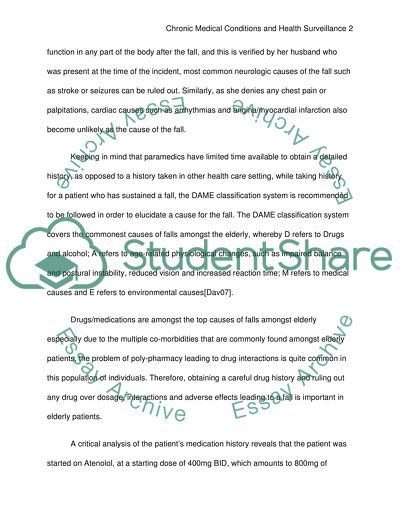Cite this document
(“Chronic Medical Conditions and Health Surveillance Essay”, n.d.)
Retrieved from https://studentshare.org/environmental-studies/1404850-chronic-medical-conditions-and-health-surveillance
Retrieved from https://studentshare.org/environmental-studies/1404850-chronic-medical-conditions-and-health-surveillance
(Chronic Medical Conditions and Health Surveillance Essay)
https://studentshare.org/environmental-studies/1404850-chronic-medical-conditions-and-health-surveillance.
https://studentshare.org/environmental-studies/1404850-chronic-medical-conditions-and-health-surveillance.
“Chronic Medical Conditions and Health Surveillance Essay”, n.d. https://studentshare.org/environmental-studies/1404850-chronic-medical-conditions-and-health-surveillance.


